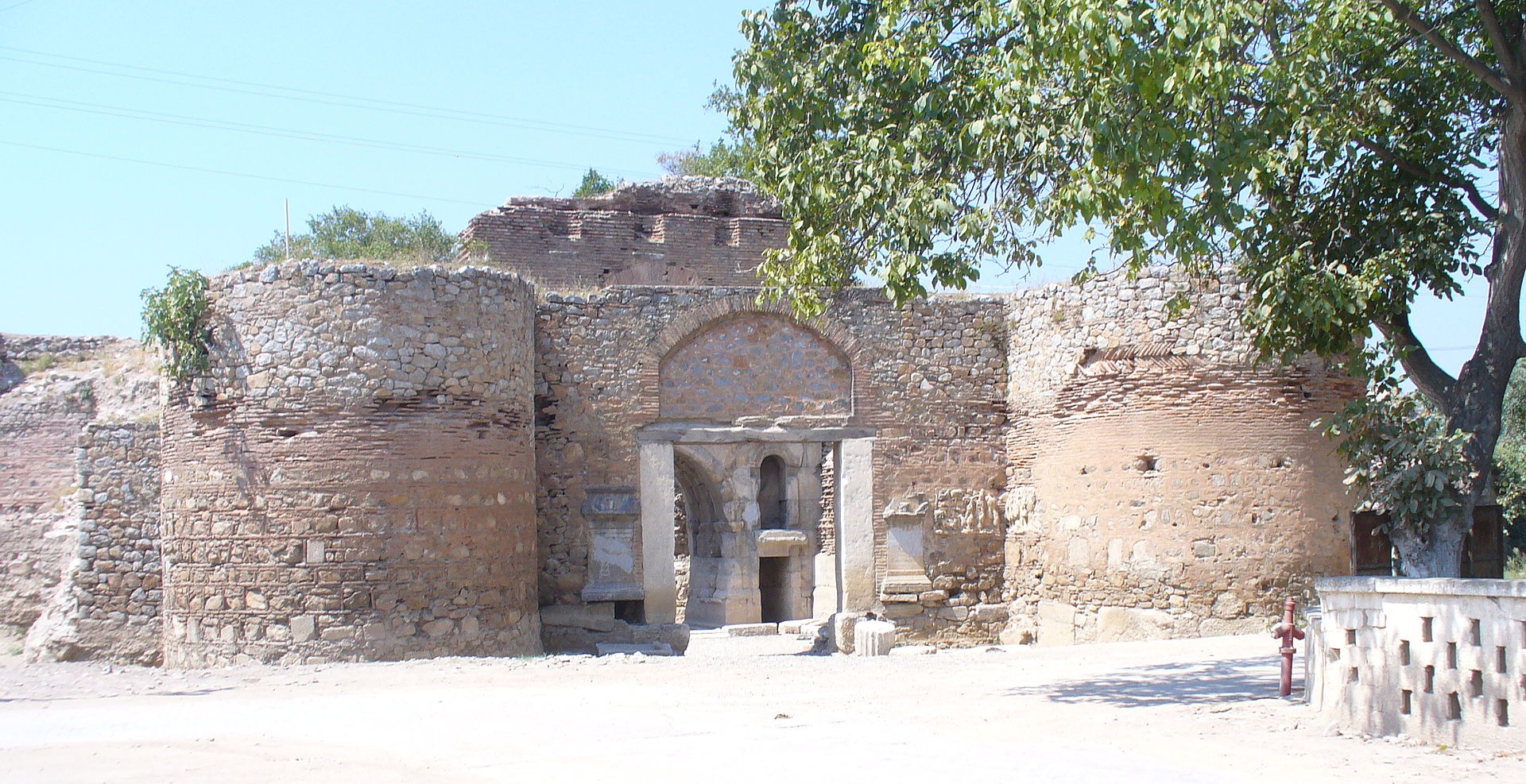Siege
By 1326, lands around Nicaea had fallen into the hands of Osman I. He had also captured the city of Bursa, establishing a capital dangerously close to the Byzantine capital of Constantinople. In 1328, Orhan, Osman's son, began the siege of Nicaea, which had been in a state of intermittent blockade since 1301. The Ottomans lacked the ability to control access to the town through the lakeside harbour. As a result, the siege dragged on for several years without conclusion.
In 1329, Emperor Andronicus III attempted to break the siege. He led a relief force to drive the Ottomans away from both Nicomedia and Nicaea. After some minor successes, however, the force suffered a reverse at Pelekanon and withdrew. When it was clear that no effective Imperial force would be able to restore the frontier and drive off the Ottomans, the city proper fell in 1331.

Roman walls and a Roman tower in Nicea. |
|

Nicaea city wall, Lefke gate. |
|
|

